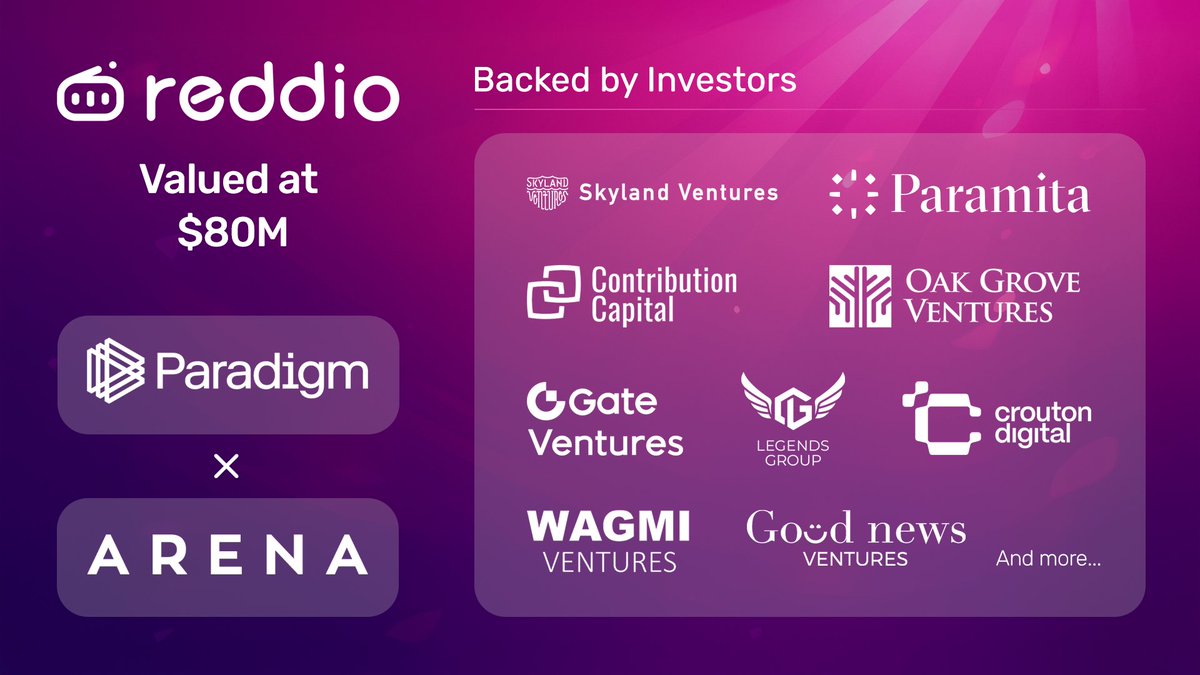Here we report on the progress of the leading builders in the ZK @ethereum ecosystem, documenting recent significant releases, technical breakthroughs and general updates 👇
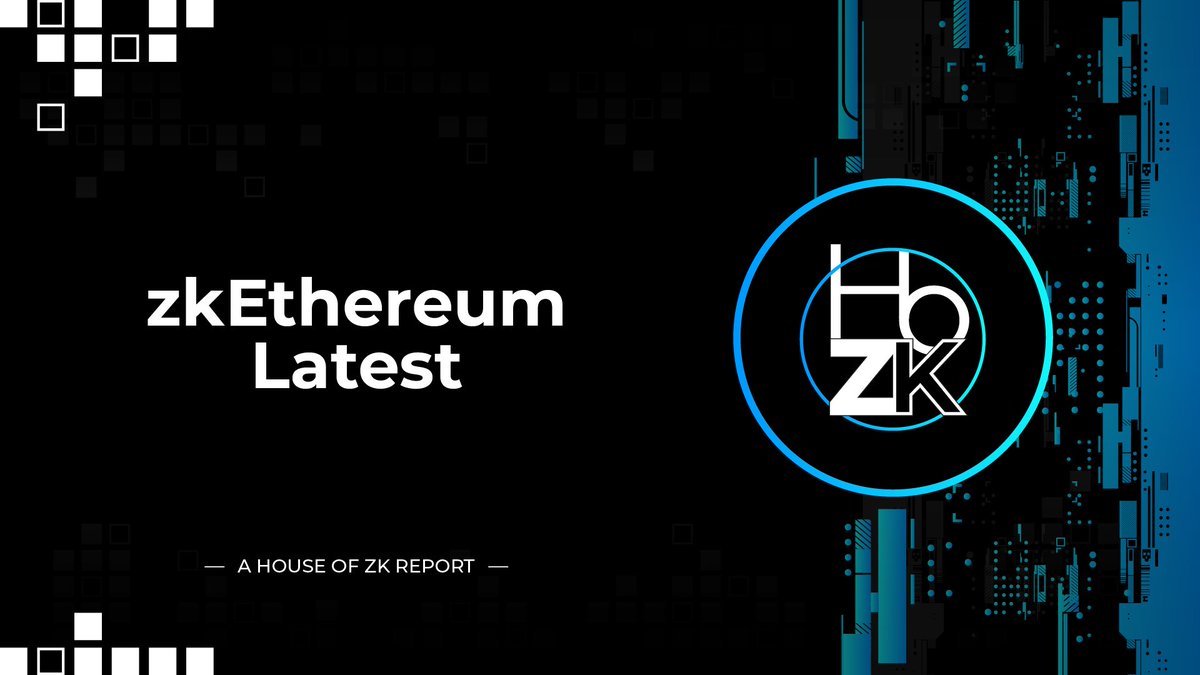
StarkWare/Starknet
@StarkWareLtd has launched S-two, a high-speed ZK prover designed for use on everyday devices. Benchmarks show it dramatically outperforms existing zkVMs in speed and efficiency across various tasks like SHA3 and matrix multiplication. Already integrated with projects like @NexusLabs, @KakarotZkEvm, @Trade_VEX and @gizatechxyz for major performance boosts, S-two enables real-time, client-side proving for privacy, identity, and AI use cases:
Following this, StarkWare released new performance benchmarks revealing just how far S-two leads in proving speed. It handles SHA3 chains up to 166x faster than @RiscZero and computes Fibonacci sequences and matrix operations significantly faster than other zkVMs. Fully open-source from day one, S-two is now the fastest option available for client-side proving in crypto, AI, and real-time identity applications:
@Starknet will launch STRK Staking v2 on Mainnet on June 17, introducing block attestation and time-locked commission adjustments for validators.
The upgrade aims to ensure validator activity and transparency, affecting delegator rewards. Validators must commit to maximum commission rates in advance. Migration from v1 will briefly pause staking contracts, but no action is needed from delegators unless switching validators post-upgrade based on new liveness data:
The project has also significantly reduced gas fees - now over 500 times cheaper than @ethereum L1. The network reports enhanced cost efficiency and user experience, positioning Starknet as fully prepared to support a wide range of apps:
Finally, StarkWare featured at the concluded House of ZK’s @eth_proofs Summit. Product Manager, @MayaD09111862, participated in two panels:
1) Along with @asn_d6 of @ethereumfndn, @sd_eigen of @ProjectZKM, @alexand_belling of @LineaBuild and @portport255 of @the_matter_labs & @zksync, Maya discussed zkVM design and proof system tradeoffs:
2) Maya later joined @Khovr of @ethereumfndn, @NorbertVadas of @thezkcloud, @0xAlecJames of @NexusLabs and @alicelingl of @HouseofZK to explore the challenges and trade-offs in benchmarking ZK systems across different hardware setups, application needs, and security considerations:
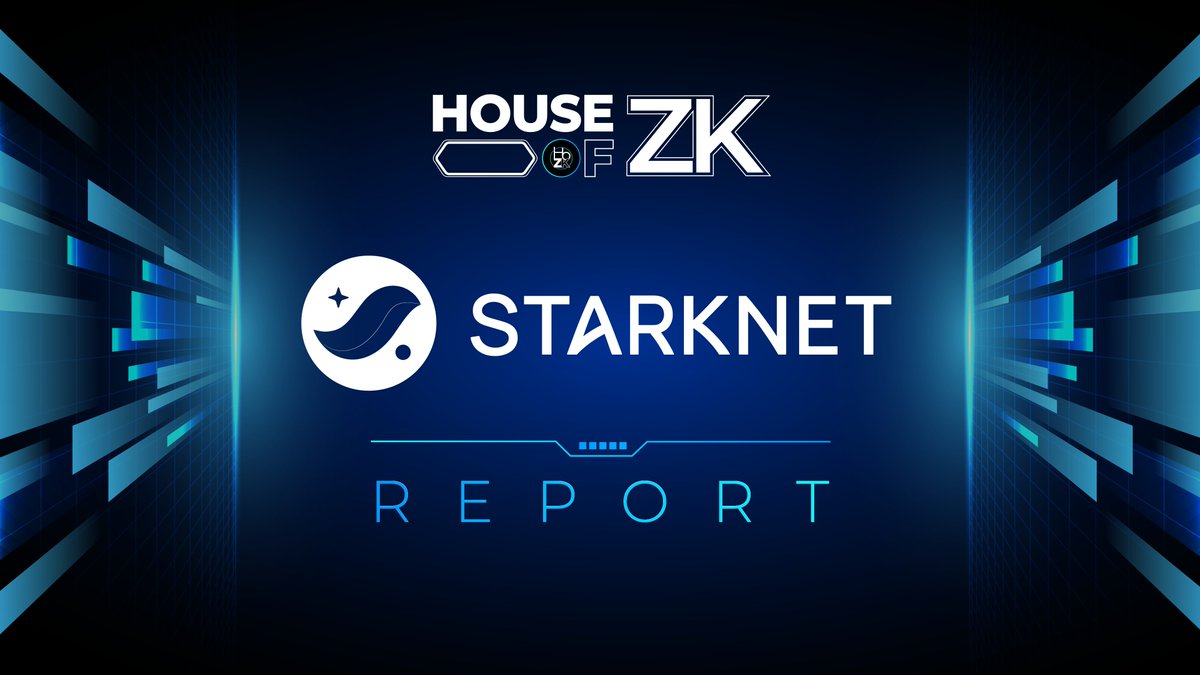
ZKsync
@zksync has launched Prividium, a private blockchain infrastructure tailored for institutions needing privacy, compliance, and @ethereum interoperability. It allows enterprises to run private chains with built-in KYC, audit features, and customizable governance.
The first deployment, @Memento_Bc ZK Chain - developed with @DeutscheBank - brings fund servicing onchain with KYC-gated access and near-instant settlement. Prividium enables secure, compliant operations without isolating institutions from the broader blockchain ecosystem:
The project also presented ‘Gateway’, a middleware that enables cross-chain messaging and aggregates proofs across ZKsync Chains. By bundling proofs into one, it lowers Ethereum L1 settlement costs and supports faster interoperability. Released with the v28 upgrade, it will soon support native cross-chain messaging in v29, forming a key step toward an interconnected onchain network:
They also announced the mainnet launch of Wonder, a custom ZKsync Chain developed by @WonderFi, Canada’s largest regulated crypto platform. With over 1.7 million users and $2.2 billion in assets, Wonder combines @ethereum-level security, gasless transactions, and institutional infrastructure to bring users onchain, aiming to bridge regulated finance with permissionless blockchain access:
In other news, ZKsync was a key sponsor of House of ZK’s @eth_proofs Summit event at @BerBlockWeek. @portport255, Core Contributor at @the_matter_labs & ZKsync:
1)Firstly, he joined @asn_d6 of @ethereumfndn, @sd_eigen of @ProjectZKM, @alexand_belling of @LineaBuild and @MayaD09111862 of @StarkWareLtd for a discussion on what might be the best zkVM architecture to use:
2) He later returned to the stage with a keynote speech on ‘ZKSync Airbender & ZKsync OS’:
3) In his final panel, Porter discussed with @theyisun of @axiom_xyz, @leonardoalt of @powdr_labs, @radi_cojbasic of @IrreducibleHW, and @reka_eth of @RiscZero what zkVM performance is really like:
Lastly, @zkSyncDevs has proposed an upgrade to optimize elliptic-curve precompiles and introduce a ModExp precompile, cutting zkSNARK verification gas costs by about 94% - from 6.8M to 0.37M. Elliptic curve operations will now run directly in circuits. No developer action is needed, and the upgrade is already live on ZKsync Era testnet, with full details in the governance proposal:
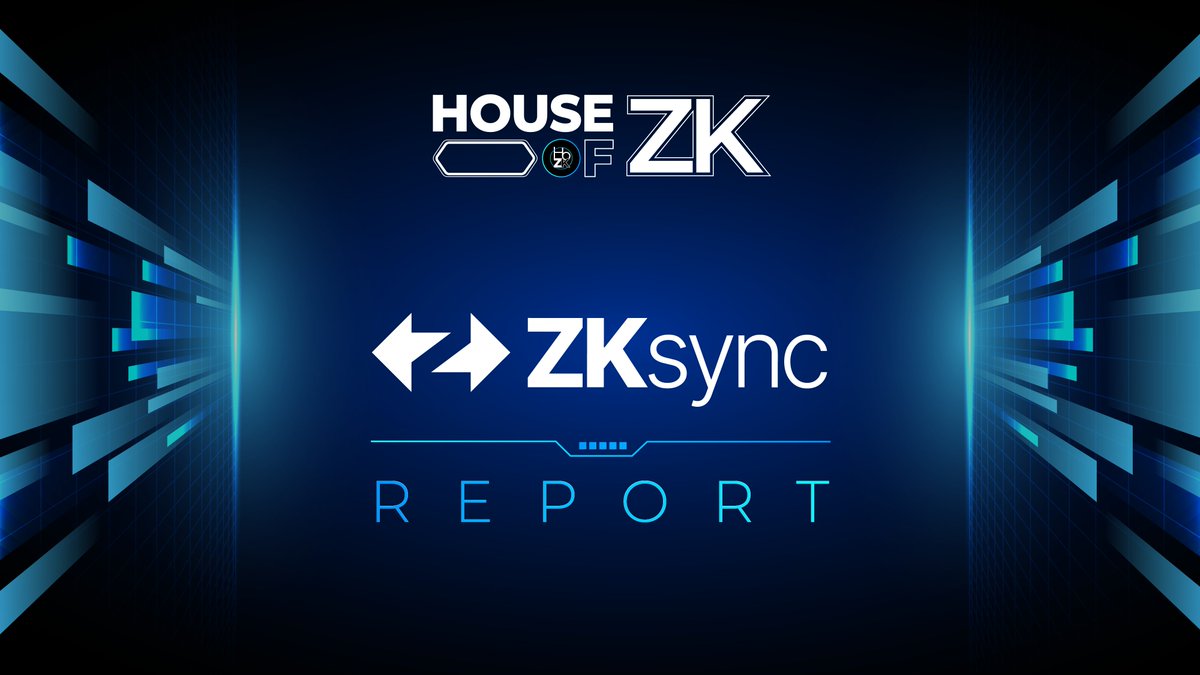
Aztec
@aztecnetwork has introduced StealthNote, a decentralized app that lets users post anonymous messages while proving affiliation with an organization. Using ZKPs and Google OAuth, it confirms email domain ownership without revealing personal data.
Built with the @NoirLang, the app keeps user info private on-device. Messages and public proofs are stored server-side, allowing others to verify authenticity without compromising sender identity:
In addition, @punk6052 and @TheOtherAmal of Aztec wrote an article explaining how current online age verification laws often compromise privacy and free speech by requiring excessive data collection. They propose zero-knowledge identities (ZKIs) as a better solution, using cryptographic proofs to confirm age without revealing personal information. ZKIs offer a privacy-preserving alternative that meets regulatory needs while minimizing surveillance, censorship, and identity theft risks:
Finally, the Aztec testnet faced a major block production slowdown on May 29, 2025, due to mempool divergence across 19,000 nodes. Smaller nodes evicted transactions randomly, causing validation failures.
A fix was deployed: block proposals now include full transactions and peers always request missing data from the sender. Though effective, the solution increases bandwidth use, prompting further optimization ahead of Aztec’s full decentralization launch:
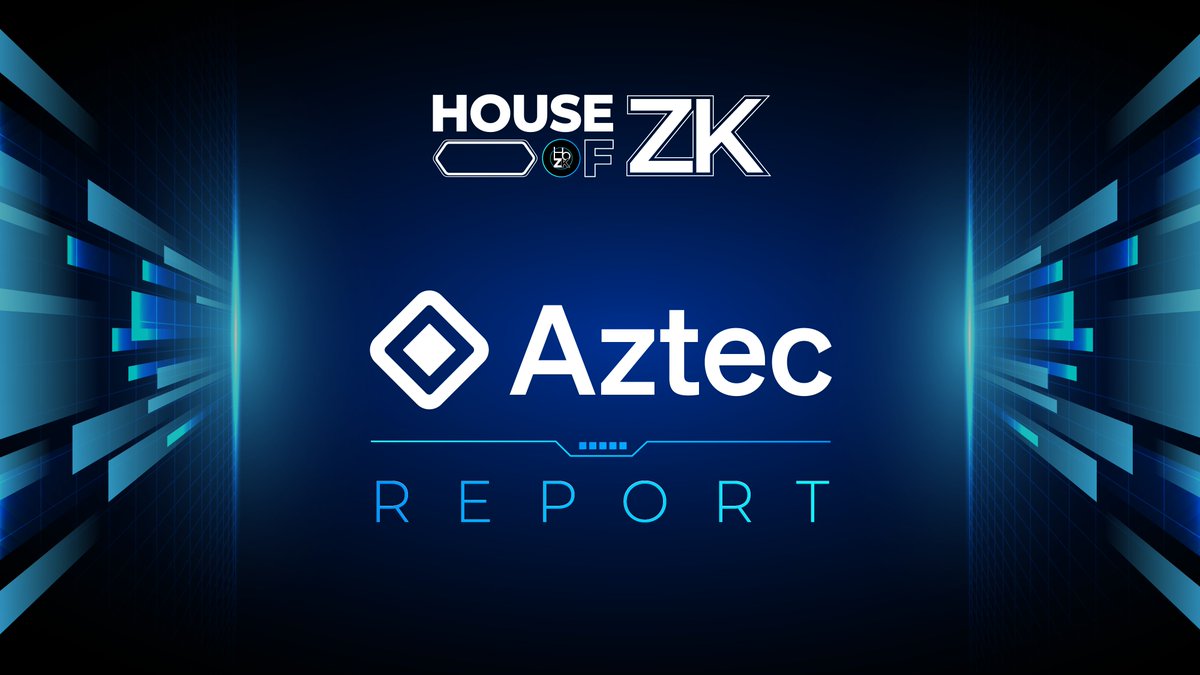
Polygon
@0xPolygon has partnered with @IrreducibleHW to launch PetraVM, a next-generation open-source zkVM designed for faster performance and reduced proving costs using binary field towers. Petra aims to improve ZK interoperability on @Agglayer. The project builds on prior Polygon research, including zkEVM and Plonky2/3. PetraVM is now live with public code and documentation available:
In addition, Polygon-backed @katana has launched on private mainnet, developed by the Katana Foundation and incubated by Polygon and @GSR_io. Purpose-built for DeFi, Katana is designed to align user activity, apps, and chain revenue while offering deep liquidity and real yield. It’s the first Agglayer CDK chain to use OP Stack, marking the start of Agglayer’s multistack era. Public access is expected in late June:
Lastly, at House of ZK’s recent @eth_proofs Summit, Polygon co-founder, @jbaylina, joined @BruestleJeremy of @RiscZero, @m_ratsim of @0xLita, @ks_kulk of @SuccinctLabs and @alexanderlhicks of @ethereumfndn where they discussed architectural and hardware bottlenecks to achieve sub-12s for Ethereum L1 blocks:
Later, Jordi also gave a keynote, presenting ZisK - a new high-performance ZK prover built on the experience from Hermes, featuring a fully open-source architecture and support for 64-bit applications written in Rust:
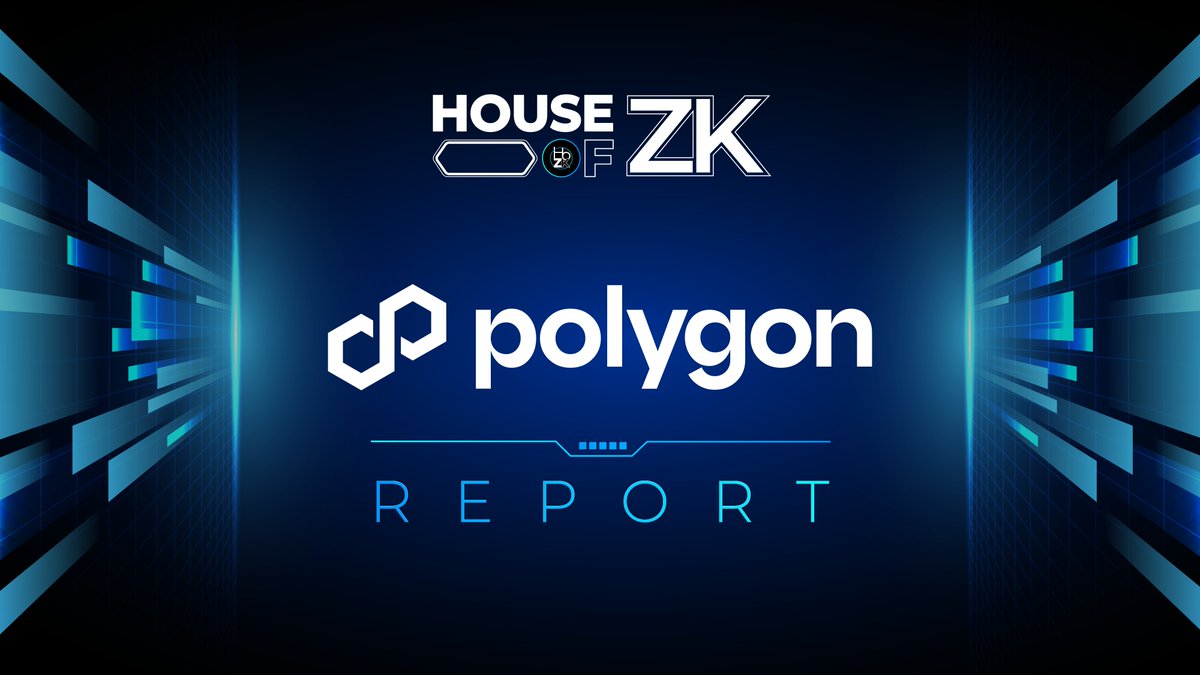
Linea
@LineaBuild has become the first zkEVM to fully prove 100% of EVM execution using ZKPs. This milestone, called prover completeness, follows six years of research and development. It significantly enhances the security and reliability of @ethereum by enabling full verification of all EVM operations through cryptographic proof, marking a major technical achievement:
Additionally, Linea was a key sponsor of House of ZK’s @eth_proofs Summit in Berlin. @alexand_belling, Principal Cryptography Research at Linea, participated in a panel and gave a keynote:
1) He joined @asn_d6 of @ethereumfndn, @sd_eigen of @ProjectZKM, @MayaD09111862 of @StarkWareLtd and @portportport255 of @the_matter_labs & @zksync, where they discussed the choice of zkVM architecture:
2) Later, Alexandre gave the keynote, where he spoke about the current state and future roadmap of the Linea zkEVM. He explained the technical architecture, performance strategies, and the plan to achieve full compatibility with Ethereum:
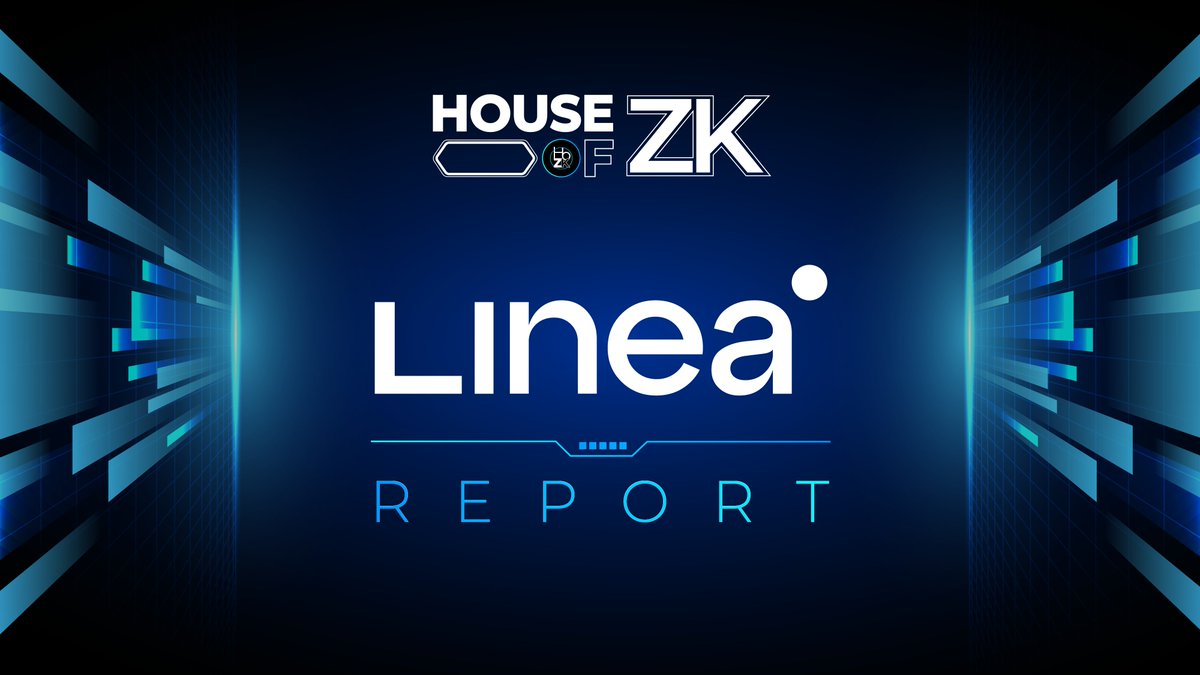
Taiko
@alethiataiko is introducing based preconfirmations on the Hekla testnet, transitioning to a whitelist-only system. Current proposers must stop proposing and update their software immediately to remain connected. Provers may continue proving unassigned blocks if configured correctly. Required versions include taiko-geth v1.16.0, alethia-client v1.6.2, and others:
The project has also successfully implemented the Pacaya hardfork following extensive testing on Taiko Hekla. Node operators were required to upgrade their software ahead of Block 1,166,000. The update introduced breaking changes and required several component updates:
A critical hotfix for taiko-geth was also released shortly after, and all mainnet operators must now upgrade to v1.15.1-hotfix:
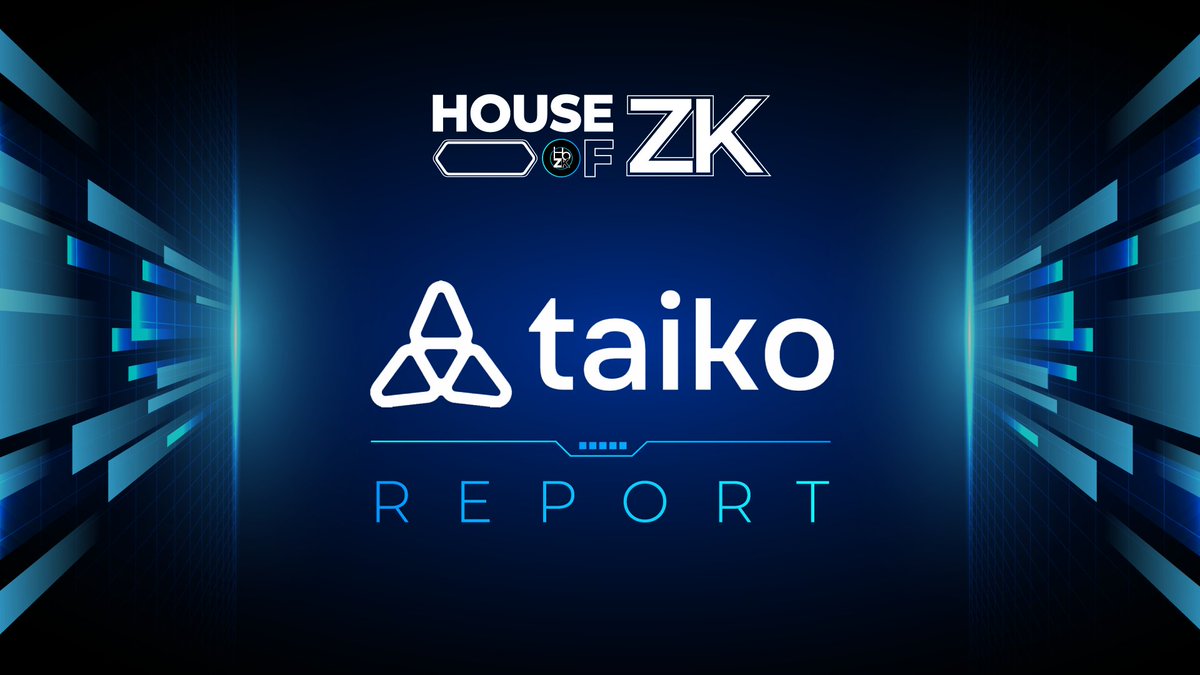
Telos
@HelloTelos and @cicada_mm have launched a $1 million investment program aimed at early-stage teams building fast, scalable blockchain applications. Projects focused on EVM dApps, ZK infrastructure, or modular DeFi can receive up to $100K, plus early access to Telos tech, liquidity support, and go-to-market help:
Also, the project has incubated @thegigachain, the first project in its shift toward becoming a community-owned Venture Production Studio. Gigachain, focused on trustless parallel computation and rooted in ZK tech, completed a prototype in May 2025. Backed by $1M in pre-seed funding, it’s set to launch on Testnet in 2026 and Mainnet in 2027:
Finally, Telos has reaffirmed its commitment to ZK technology, highlighting continued momentum despite recent hurdles. SNARKtor, its ZKP aggregation protocol, is set to launch on mainnet by August 31, 2025, enabling more scalable and private blockchain apps. Development efforts remain strong, and collaboration between Telos and the ZK team continues to prioritize decentralization, scalability, and shared innovation across ecosystems:

Scroll
@Scroll_ZKP has reduced its block time from 3 seconds to 1 second, cutting transaction latency and improving user experience. This change means faster confirmations, smoother app performance, and reduced risks like price slippage.
Developers can now build more responsive, web-like applications without added complexity. Scroll plans to further lower latency to 500 milliseconds, aiming to match traditional web performance while maintaining security and EVM compatibility:
In addition, the project has launched a beginner-friendly Vyper course designed for Python developers moving into Web3. The 19-lesson series teaches smart contract basics using Python-like syntax that runs on the EVM.
With clear explanations, progressive exercises, and community support via Telegram, the course offers a smooth transition from Web2 to Web3 development, even for those with no blockchain experience:
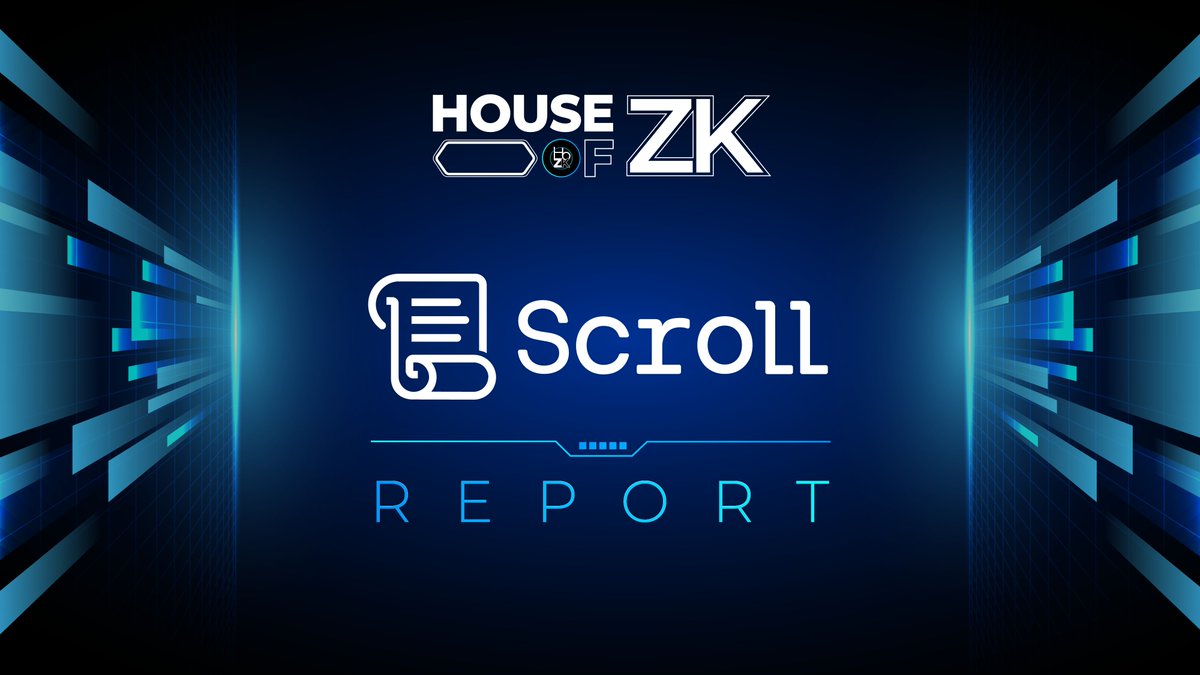
Kakarot
@KakarotZkEvm is working to integrate @StarkWareLtd’s new S-two system, which improves client-side proving performance:
Together with StarkWare, they’re developing S-TWO M31, expected to deliver 20-50x speed gains. The goal is real-time proving on regular hardware, supporting private, on-device KYC and age verification without exposing sensitive user data.
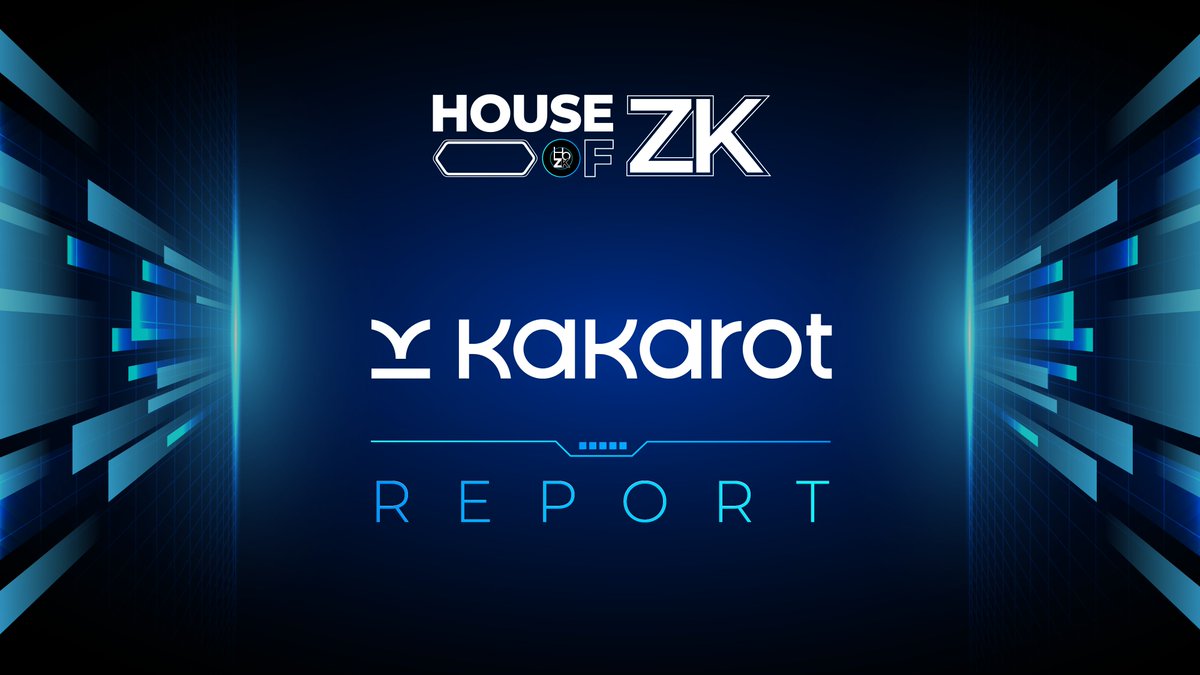
Incredible news from @StarkWareltd today!
S-TWO is a game-changer for client-side proving and guess what: at @KakarotZkEvm, we're already integrating S-TWO and working closely with the team on S-TWO M31 - which will deliver 20-50x additional performance gains beyond what's announced today. 🤯🥕
This performance makes client-side proving a reality and is a significant step towards our 2025 goal of real-time proving on conventional hardware.
Most importantly It will impact lives beyond blockchain: our team is already working with states and leading banks on privacy-preserving age verification and KYC solutions, where everyday users generate proofs on their own devices without exposing sensitive data 🔐🥕
Remember: The most secure information is the one that never leaves your device. The future of ZK is local, private, and instant.
Malda
@malda_xyz has integrated @AcrossProtocol’s settlement contract to unify liquidity across @ethereum, @base, and @LineaBuild, resolving fragmentation in DeFi lending. Using ZKPs and intents-based settlement, Malda rebalances liquidity automatically and securely, enabling efficient lending without user friction. Phase two will introduce on-demand liquidity for large borrows, bridging gaps instantly. This sets a new standard for crosschain capital efficiency:
Also, they are partnering with @w3arew3 to integrate their intelligence layer technology. The collaboration aims to develop a risk management system to support more secure and data-driven lending operations:
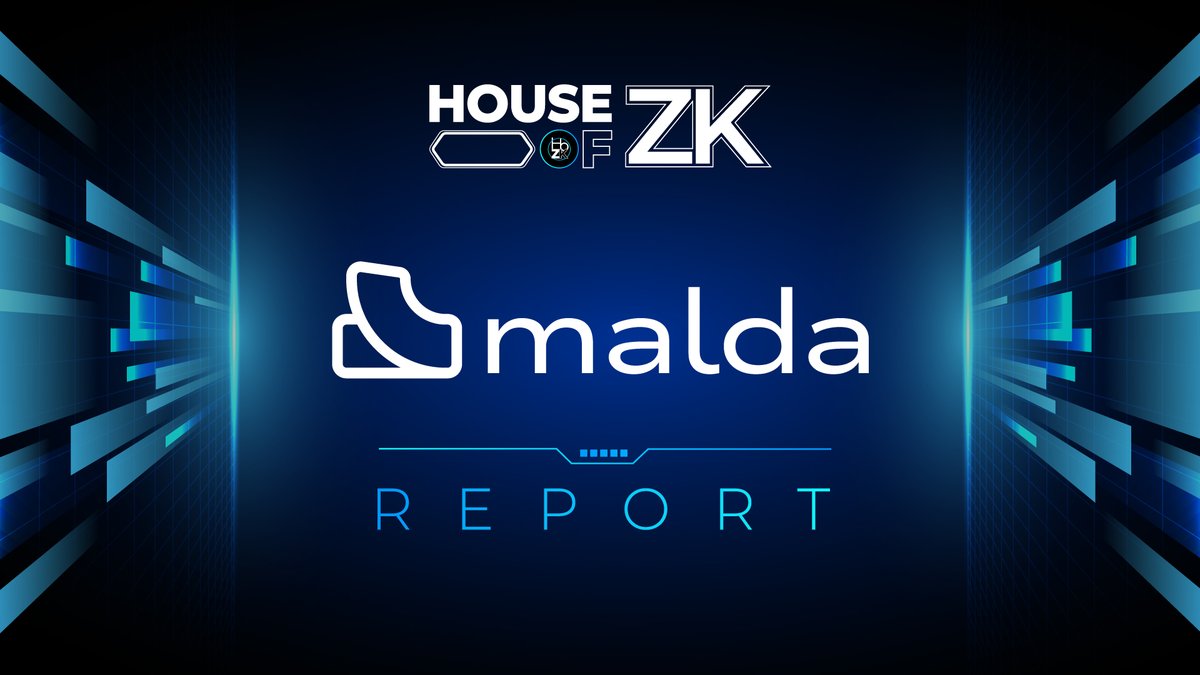
Manta Network
@MantaNetwork has launched an ETH pool on @StargateFinance, enabling seamless ETH bridging between Manta Pacific and @ethereum:
This integration with Stargate’s liquidity network supports over 40 chains. Users can also bridge mTokens, including staked USDT and USDC, enhancing DeFi access. The update simplifies cross-chain asset transfers and improves liquidity and user flexibility.
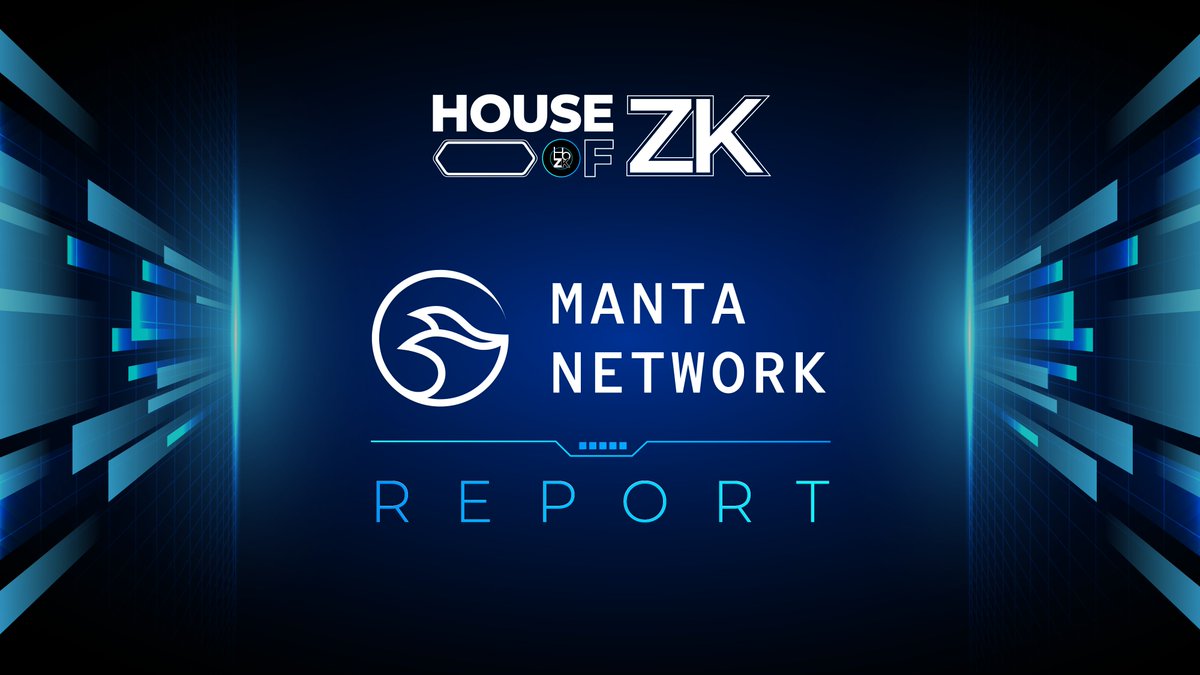
Reddio
@reddio_com has completed its Series A funding round, reaching a post-money valuation of $80 million:
This follows a Seed round led by @paradigm and Arena. New investors include @wagmi_vc, @OakGroveVC, @skylandvc, @paramita_vc, @gate_ventures, and more.
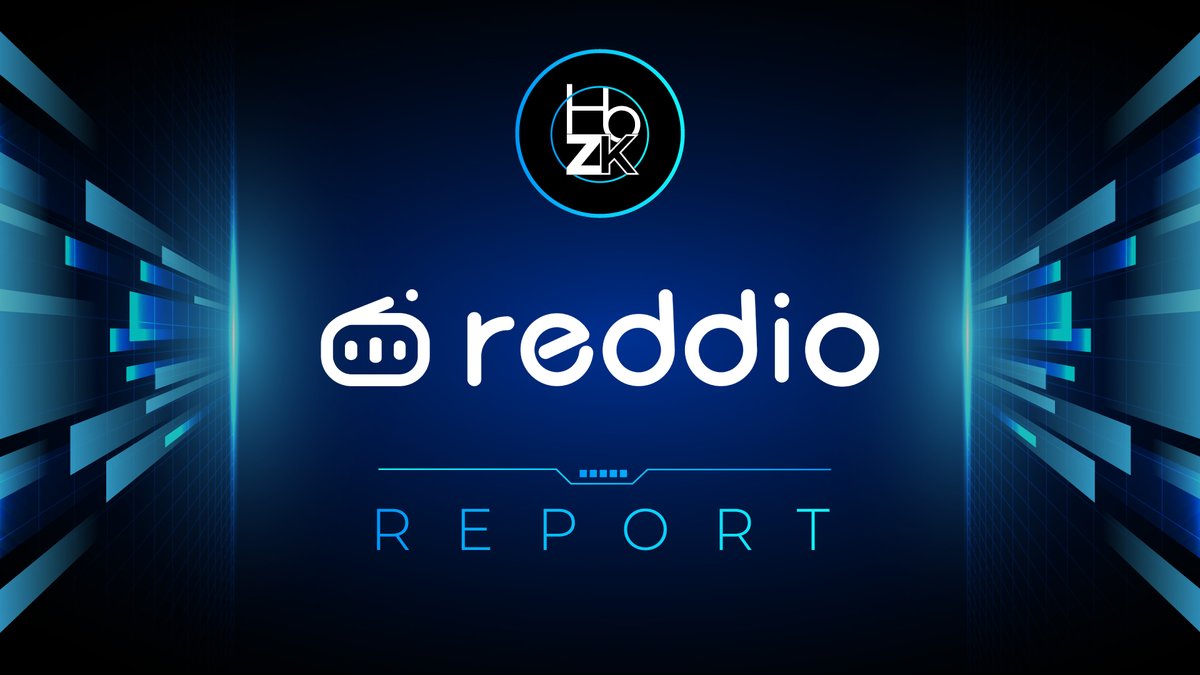
81
132.08K
The content on this page is provided by third parties. Unless otherwise stated, OKX is not the author of the cited article(s) and does not claim any copyright in the materials. The content is provided for informational purposes only and does not represent the views of OKX. It is not intended to be an endorsement of any kind and should not be considered investment advice or a solicitation to buy or sell digital assets. To the extent generative AI is utilized to provide summaries or other information, such AI generated content may be inaccurate or inconsistent. Please read the linked article for more details and information. OKX is not responsible for content hosted on third party sites. Digital asset holdings, including stablecoins and NFTs, involve a high degree of risk and can fluctuate greatly. You should carefully consider whether trading or holding digital assets is suitable for you in light of your financial condition.



